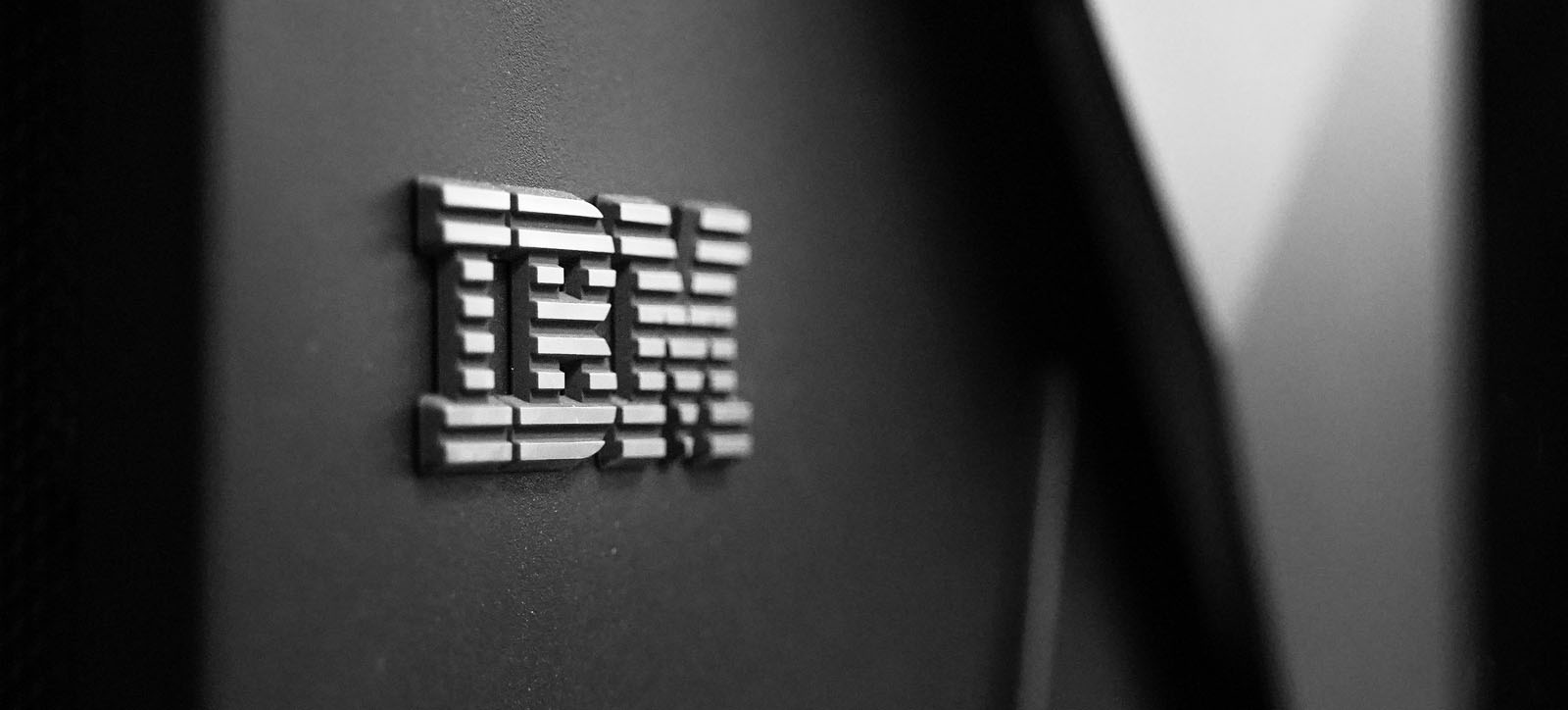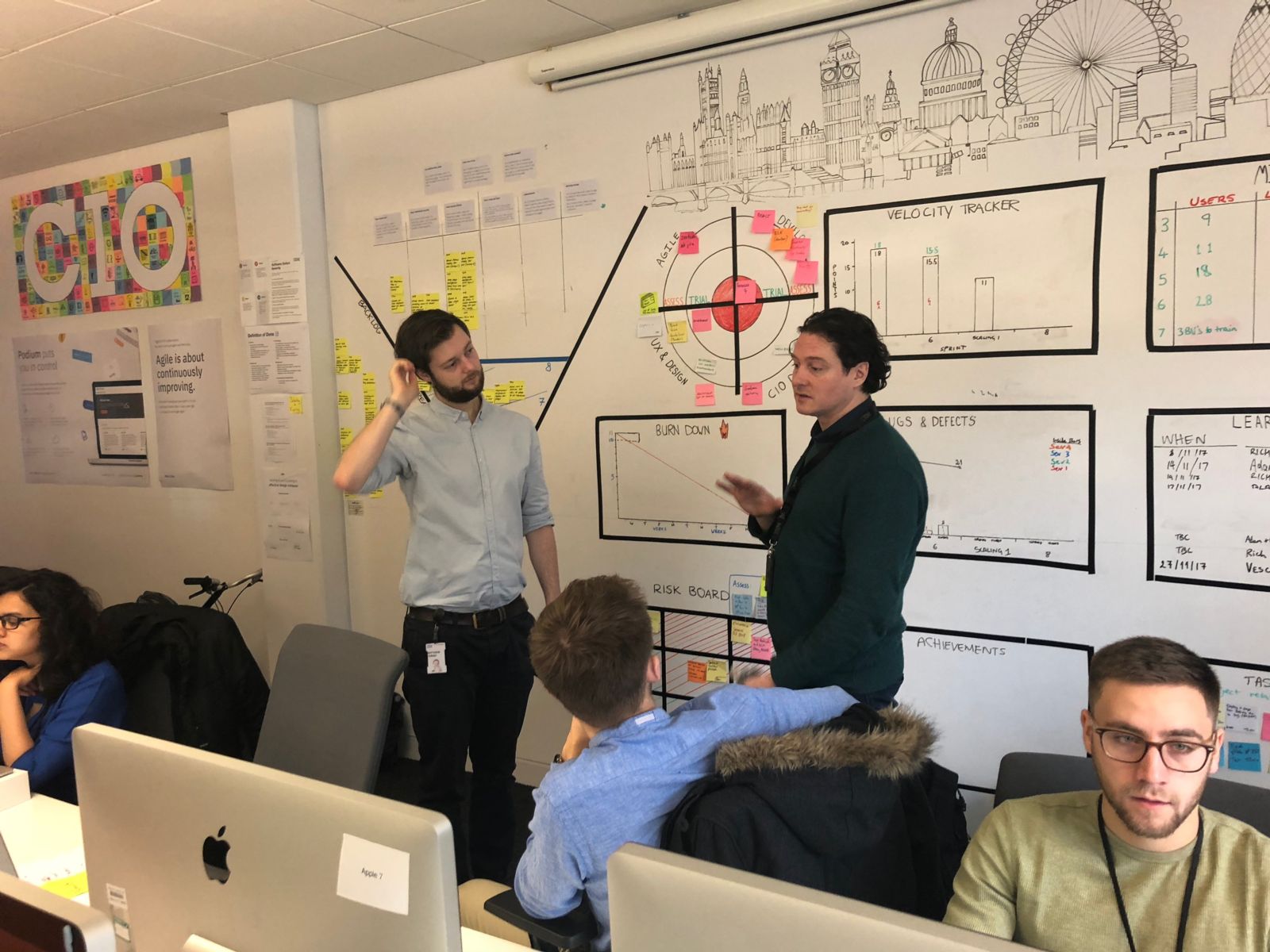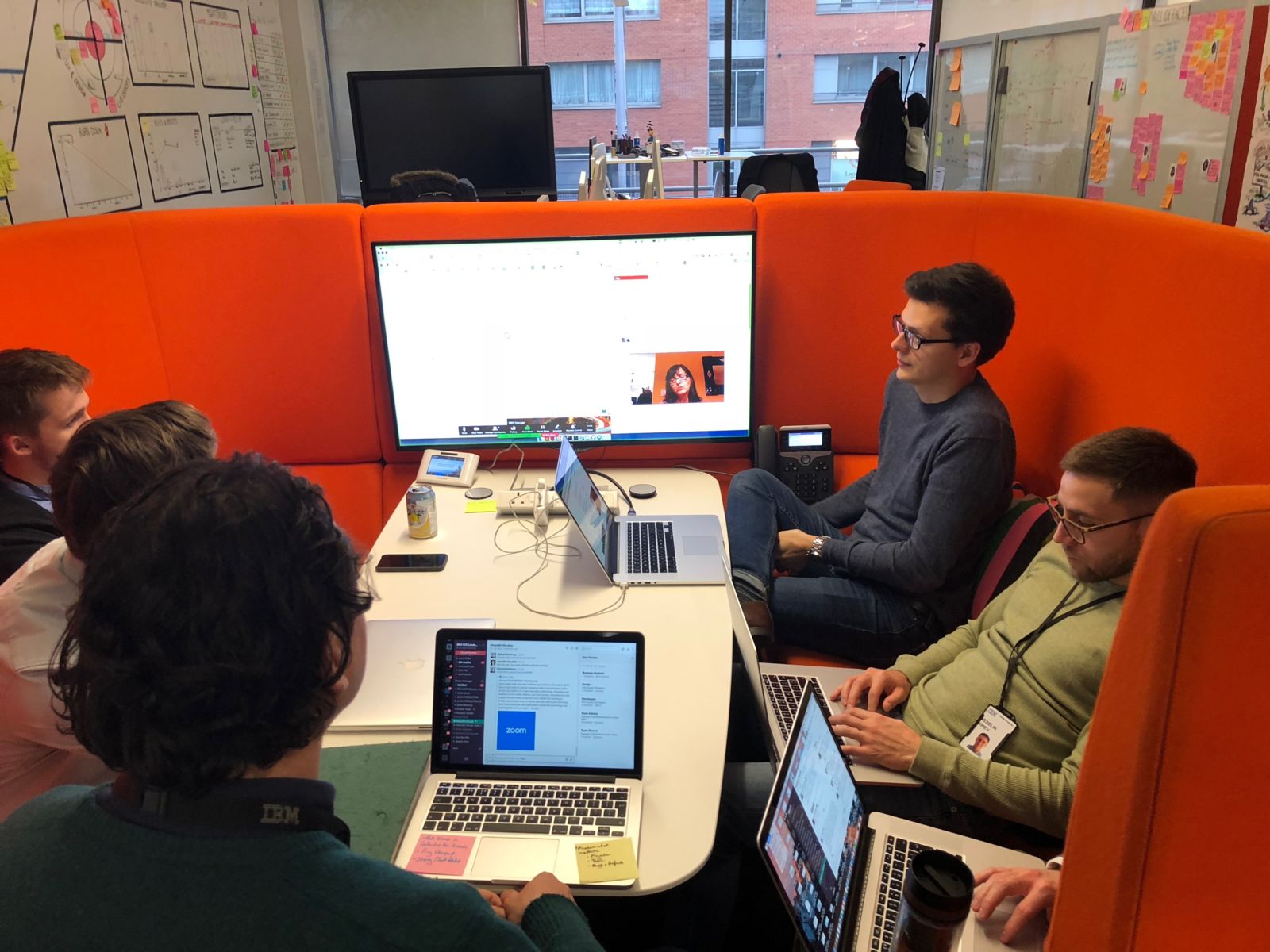
The digital revolution was meant to free us from the office. But visions of sitting on a balcony in the sun with a cool drink and a laptop connected to colleagues around the world has not become reality.
In fact companies, especially tech companies who started the remote working trend, are re-designing the office to bring workers back.
As innovation becomes increasingly important to stay competitive, making sure teams can work together in digital and physical spaces is vital.
Interestingly it is technology companies that have emphasised the crucial role of the physical office in creating an attractive and effective work environment in modern organisations. The office space is the hub at the centre of the most innovative and successful digital ventures, with companies, such as Google and Facebook, investing heavily in entirely new campuses.
Our new research shows that it is the combination and integration of both physical and digital that makes these working spaces effective. It is the flexibility for employees to blend and adjust their work spaces by appropriating features of both the physical and digital environments in a dynamic way that creates effective spaces for work to happen.
With a plethora of digital tools, such as Slack, Jira, GitHub and Workplace by Facebook, used by teams in modern offices, the merging of the digital and physical worlds is inevitable; new workspaces emerge where the two are intertwined, where the ‘workspaces’ are adapted, moulded and re-conceptualised just as the projects evolve.
The rise of agile brings adaptability and flexibility to a company’s strategy and structure and that is now being mirrored in the office.

One company at the centre of this shift is IBM. We have spent four years researching its initiative to develop a new workspace fit for the next organisational revolution as part of a global investment in IBM work spaces around the world.
One of the key findings was that the office of the future is an office that entangles the physical and digital worlds.
As we followed the agile development teams in IBM's London Studio, we observed and recorded their movements with time-lapse photography, which allowed us to see how designers, software developers and managers adapted their workspaces dynamically according to the teams' changing needs to create new blended workspaces that transcended both physical and digital environments.
The flexible nature of the workspace reacted to new demands and stimulated innovative thinking, collaboration and empowered individuals to be creative. This was not the standard static office environment.
Organisations that empower teams to craft workspaces by combining physical and digital realms will be the ones who are most effective and attract the employees more able to work innovatively. This requires a culture of open communication where people feel connected and that they have autonomy to change things.
This research has now influenced the creation of a new expanded studio workspace for the IBM team in London.
More specifically this research found that the IBM teams created three distinct blended workspaces combining and appropriating aspects of both physical and digital environments where they work.
1 Workspaces for ongoing and recurring activity
For ongoing team activity we traced daily routines and captured the use of digital tools and physical spaces. For example the daily ‘stand-up meeting’ required multiple teams of around 10 employees to meet in an open plan office but messages would be issued on Slack to gather teams and keep those in remote locations connected.
During these meetings everybody would gather around the office ‘wall of work’, which captures key elements of all the projects being worked on, so everybody can see and understand them. It is a lot of writing in pen and sticky notes, with a dashboard, feelings expressed and an opportunity to raise ‘blockers’ – something that is stopping the project’s progress.
Slack and video conferencing tools enabled people from around the world to join and contribute. Each team would provide a status update with reference to Jira, the project management digital tool they used, they will scribble notes and ideas to the wall of work. This is a mirror of Slack, where they can interact on different projects and see what is going on in them.
2 Workspaces for urgent responses
When the team were faced with a high priority problem, including an outage or major defect, they would form a ‘war room’. A message would go out on Slack, pushing notifications and #warroom set up, so team members could simultaneously suggest ideas and congregate in a booth at the end of the desk space.
The team would share digital images on a shared screen and also bring laptops to show other information as they quickly put the emergency onto Jira and scanned GitHub and performance monitoring tools to create solutions. Communication flowed between face-to-face and digital very naturally as part of the work flow.

3 Project-based workspaces
Projects require a different type of assemblage between digital tools and physical office spaces. Each project begins with task assignment in Jira, which is then integrated with email and Slack notifications to the team members involved.
Specific timings would be planned to meet in communal collaborative spaces such as in the more private booths at the end row of desks or surrounding breakout offices if additional privacy was needed.
The breakout offices had large digital screens, but team members would also use post-it notes and draw diagrams during brainstorming sessions. Work activity flowed across digital tools and the physical workspaces, for example in brainstorming sessions many post-its were created, then, after they have been prioritised and reorganised the content would be transferred across to Jira and other digital tools.
As the project progressed through implementation, it would increasingly move into digital tools which were configured to prompt team members to discuss and review the software artefacts.
Slack and Jira were both integral to the progression of each project, but it was interesting that the way these environments were configured would be mirrored by the terminology and their practice in the office space.
Individuals would change seats in the office to reflect their role and the stage of the project, and this also reflected their activity on Slack to optimise proximity and interactions across physical and digital workspaces.
These three types of workspaces reflect very well the future of many companies, not just in the tech sector, but in banking and other more traditional industries. More and more, organisations are designing physical offices that are more joined-up with the digital workspaces that have become a large part of where work is done.
Providing an environment where teams can appropriate dynamically features from the digital and physical environment in response to ongoing needs is one of the major findings of this study. If companies want to create a productive and effective work environment they must empower employees to craft their workspaces dynamically.
Most of the management and strategy research highlights the disruptive nature of technology, and pays little attention to the critical role of modern integrated workspaces in enabling change in organisations. Our research contributes to bringing workspace back into studies of technology, strategy and management.
Strategy frameworks need to pay more attention to this as they focus on competitive advantage in terms of price, quality or new capabilities, but all of these rely on how and where people do their work, and how effective the workplace is for them to achieve those goals.
Ultimately to be truly agile and innovative, companies today have to bring workspaces into their strategy and think how they combine the physical and digital methods of working – or they will be left behind by the pace of change.
Further reading:
Sheikh, Kamaran, Baptista, Joao, De Albuquerque, João Porto (2018). Crafting workspaces by entangling physical and digital environments. In: International Conference on Information Systems (ICIS 2018), San Francisco, CA, 13-16 Dec 2018.
Sheikh, Kamaran, Baptista, João and Albuquerque, João Porto de (2019) Spatial practices in digital work : calling for a spatial turn in information systems research. In: 52nd Hawaii International Conference on System Sciences, Hawaii, 8-11 Jan 2018.
João Baptista is Associate Professor of Information Systems and teaches Digital Business and Workplace Technologies on the MSc Management of Information Systems & Digital Innovation. He is also course director for the MSc Business with Consulting.
Follow João Baptista on Twitter @jm_baptista.
Kamaran Sheikh is Director, CIO: Partner Ecosystem at IBM.
For more articles like this download Core magazine here.




 X
X Facebook
Facebook LinkedIn
LinkedIn YouTube
YouTube Instagram
Instagram Tiktok
Tiktok